(MENAFN- Asia Times) BARCELONA – A record 85,000 attendees at the Mobile World Congress saw two radically different visions of the digital future.
Developed market telecom companies think of 5G mobile broadband as a consumer technology and worry that their market is close to saturation. China's flagship digital infrastructure company, Huawei, thinks of 5G as an industrial technology and believes that the new digital economy is soon set to launch.
Two years ago, Western media wrote obituaries for Huawei after Trump administration sanctions denied the Shenzhen-based company access to US technology, including the fastest new chips with gate widths of 7 nanometers (nm) or less.
Huawei, whose handset sales briefly surpassed Apple's, lost most of its smartphone business due to sanctions, but it has reemerged as the world's top provider of telecom infrastructure, a source of cloud-based artificial intelligence (AI) applications for mining, manufacturing and service industries, and a builder of digital technology for specific industries, especially automotive.
Huawei officials said they expected the company's auto business alone to exceed the 2021 peak revenues of its handset business. They also anticipate substantial revenues from its green energy division, which uses AI-enabled solar cells to enhance energy conversion.
According to Huawei estimates, more than 10,000 Chinese businesses have built dedicated, or private, 5G networks, including more than 6,000 manufacturing firms.
That compares to a total of 171 private 5G networks outside of China, of which fewer than 20 are factories.“That's because the Chinese government is pushing manufacturing companies to adopt 5G and AI,” a Huawei specialist said.
Ericsson and Nokia, Huawei's European competitors, offered no examples of 5G-to-business applications in their exhibits. A press spokesperson for Ericsson said that the firm did not have data on the number of private 5G networks built for businesses.
The Chinese firm's exhibit took up the whole of the Barcelona Fair's first Exhibition hall, while its main competitors, including Nokia, Ericsson, Samsung and IBM, were crammed into the second Exhibition Hall.
Only three years ago, Western media forecasted the demise of the Chinese national champion in the wake of restrictions on US chip sales. An August 2020 headline from cnn announced that the Trump administration had“dealt a lethal blow” to Huawei.
“The United States has cut off huawei's access to vital, advanced computer chips , striking a deadly blow to the Chinese tech champion,” the US news service wrote. A former Commerce Department official said that the Trump sanctions were“the trade equivalent of a nuclear bomb.”
That was true for Huawei's handset business, which fell to less than 5% of the world smartphone market in 2023 from nearly 20% in 2020. Without the 7nm and smaller chips that power 5G smartphones, Huawei couldn't compete in the sector.
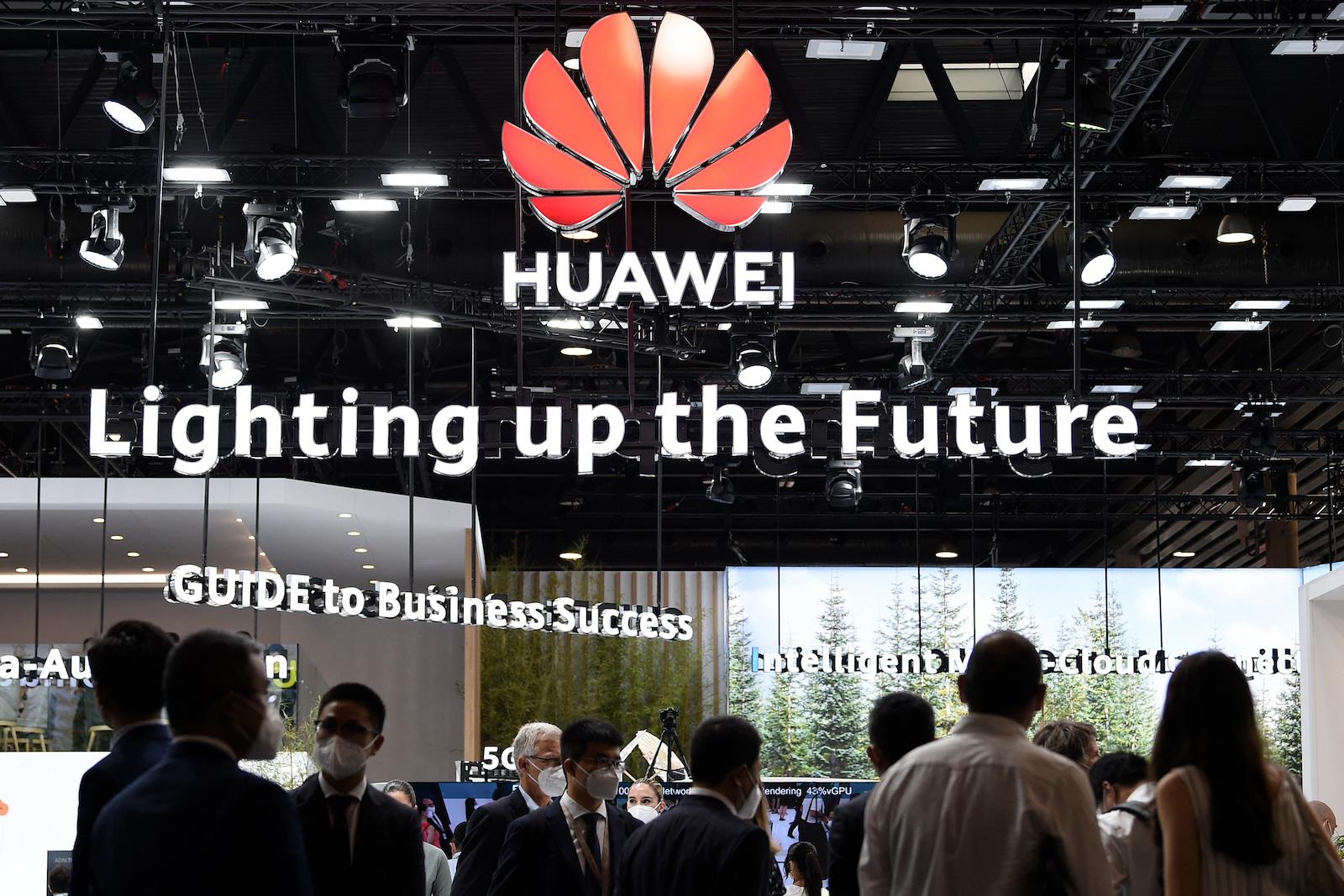
People visit the Huawei stand at the Mobile World Congress fair in Barcelona. Photo: AFP / Josep Lago
But smartphones are only a fraction of Huawei's business, and never the most profitable. The industrial systems that power smart cars, or drive 5G infrastructure, or automate factors don't use the ultra-small transistors.
Older-generation 28nm chips power most of Huawei's digital infrastructure and industrial applications, and China can produce those itself. Now the Biden administration has cut off not only Huawei but all of China from the most advanced chips and chip-making equipment, but Huawei hasn't broken its stride.
Huawei's exhibit featured two dozen displays of broadband and AI applications for a wide range of businesses, including manufacturing, mining, warehouses, rail, road management, health care, education, and government operations.
Adjacent to the industry booths was an area dedicated to Huawei's telecom partners illustrating the benefits of broadband. These ranged from mobile phone payments and microlending in Africa to hospital management in Thailand.
What I called“China's plan to Sino-form the world” in a 2020 book – the transformation of developing economies by digital technology in emulation of China – is proceeding at a remarkable pace.
5G broadband offers only incremental performance in the US and Europe, according to a recent study conducted by tom's guide . Download speeds in China are three times faster than in the United States, where the average download speed is just 100 megabytes per second, a tenth of the gigabyte-per-second ceiling for 5G.
In germany , users with 5G handsets obtain a 5G signal only a fraction of the time, with most service defaulting to 4G. Unlike China, which has true 5G in most cities with 300 megabyte-per-second download speeds, the rollout of the new technology in the US and Europe has been partial and misrepresented to customers.
The 5G user experience isn't sufficient to justify the additional infrastructure cost, and the major European telecoms have trouble earning sufficient revenue to justify the 60 billion euro infrastructure cost.
In keynote speeches before the MWC, Orange Telecom CEO Christel Heydemann and Deutsche Telekom chief Timotheus Höttges complained that a few content providers-Google, Netflix, Facebook and Amazon among others-account for most mobile Internet traffic.
Consumers aren't willing to pay up for the required infrastructure, squeezing European telecom companies' margins, and giving the content providers a free ride. The European telecoms are caught between rising infrastructure costs and a limited consumer wallet.
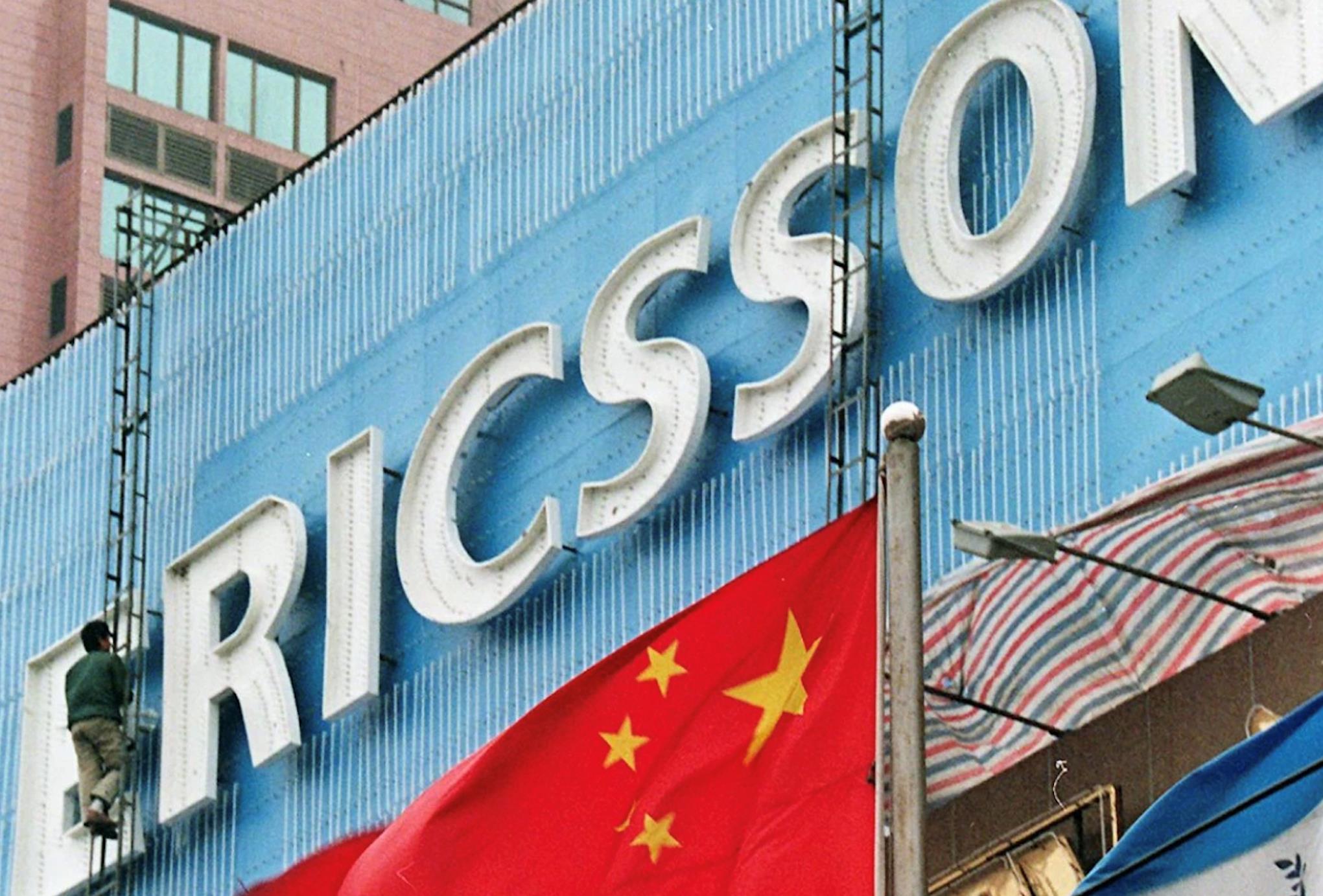
Ericsson AB has warned it would likely lose market share in China as a consequence of Sweden's decision to ban rival Huawei from the Scandinavian country's 5G wireless networks. Credit: Handout
The economics of mobile broadband in China are entirely different, according to Paul Scanlan, advisor to the president of Huawei's carrier business. In a press briefing on February 28, Scanlan said that industrial applications of 5G had generated so much upload traffic that the new network soon would become obsolete.
Artificial intelligence applications of 5G involve massive amounts of data upload, for example, from cameras that take millions of photographs per hour of goods moving on an assembly line, upload them to the cloud for AI analysis and then download instructions. Visual uploads allow AI systems to monitor industrial robots, oil wells, mining equipment and hundreds of other forms of activity.
Huawei is ready to roll out what it calls 5.5G, a set of incremental improvements on 5G that will increase data capacity by about a third. Outside of China, Scanlan expects Saudi Arabia and the United Arab Emirates to be early adopters of 5.5G.
According to Huawei,“5.5G will expand on 5G, but will be faster, more automated, and more intelligent than 5G, and support more frequency bands. 5.5G will deliver 10 times greater network capabilities, which will translate into 100 times more opportunities. Free-viewpoint video, enterprise cloudification, mobile private networks, passive IoT, and integrated sensing and communication will all develop rapidly thanks to these advances in 5G.”
“5G to business is a significantly larger market than 5G to consumers,” Scanlan added.“We're showing out some of our business successes here, not so much what we have done, but what different telecom operators have done based on the culture in their own countries.”
Dedicated 5G networks allow manufacturers to apply AI to quality control of products, to allow industrial robots to communicate directly with each other on the factory floor and perform preventive maintenance on capital equipment.
They allow doctors to perform diagnostics on patients in ambulances en route to hospital, and make possible robotic surgery over 5G connections.
The low latency (response time) of 5G as well as the capacity to display large amounts of high-definition data in real-time make remote surgery practical. The first successful operation on an animal subject took place in february 2019 at China Unicom's research center. In February 2023 a Chinese surgeon performed gallbladder surgery on a patient 4,700 kilometers away.
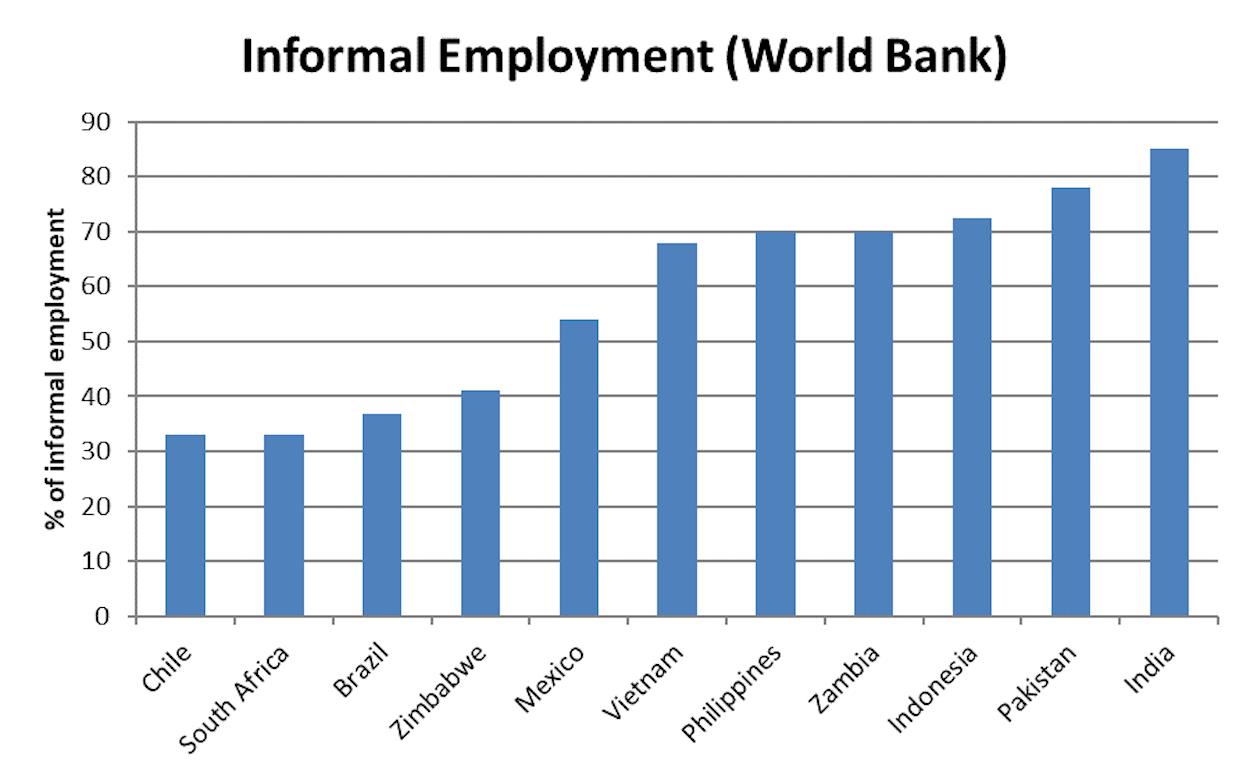
Graphic: Asia Times
China's economic turn to the Global South is probably the pace-setting economic event of the early 21st century. Southeast Asia and the Indian subcontinent (excluding Pakistan) show the world's highest growth rates.
It's hardly controversial that digital infrastructure is the key driver of economic growth. That's the official view at the International Monetary Fund (“Asia's Productivity Needs a Boost That Digitalization Can Provide,” imf blog , Jan. 9, 2023). China's export surge to the Global South and to developing Asia in particular is led by digital infrastructure, of which China is the world's main provider.
We are on the cusp of a great new wave of globalization led by China rather than by the West, which will draw billions of new participants into the global economy.
Although China's overall exports fell 9% in December 2023 from the year-earlier month, exports to ASEAN nations were up by 20% year-on-year. The numbers tell a remarkable story (see“digital infrastructure propels new s.e. asian tigers ,” Asia Times, February 5 2023).
This is the Fourth Industrial Revolution in real-time. 5G technology combined with Big Data and AI allows robots to communicate with each other on the factory floor, or the Internet of Things to track and transship packages from ports to warehouses to freight for delivery to final customers, or mines to operate without a single worker underground.
But the same technology also makes it possible for a pepper farmer in Bangladesh to use a high-speed camera to scan dried peppers on a conveyer belt and use an AI program to pick out the bad pieces. It makes it possible for a bank in Kenya to make sound microloans to small merchants in villages by using geolocation to verify their activity. It allows a Thai mobile provider to offer basic software to small businesses on a SIM card.
These are all small increments in productivity for very poor people, but taken as a whole, they represent the greatest economic transformation underway in today's world. In most of the Global South, a majority of people work outside the formal economy; they do not pay taxes, and they do not receive much in the way of government services. They have no access to capital or global markets, and their productivity remains abysmal.
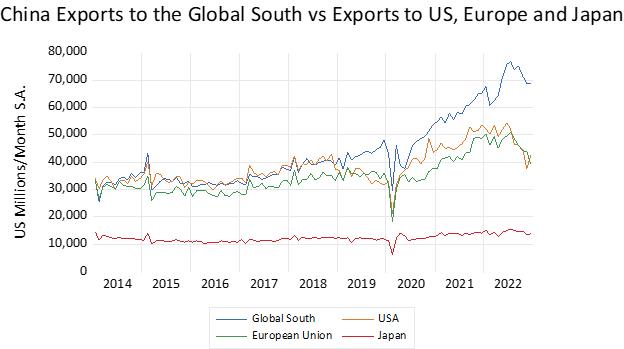
Graphic: Asia Times
The greatest impact of digital connectivity in the Global South will be to open the world's capital markets to several billion people who will have the opportunity to sell into a global market through instant connections.
The impact is comparable to long-distance sailing ships in the 16th century or railroads in the 19th century, except that it is happening much faster and on a much larger scale.
Follow David P Goldman on Twitter at @davidpgoldman



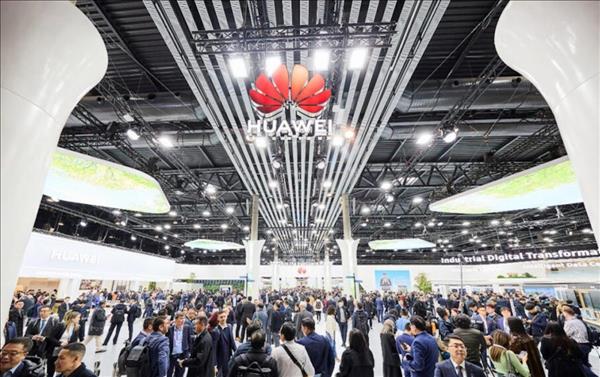




















Comments
No comment